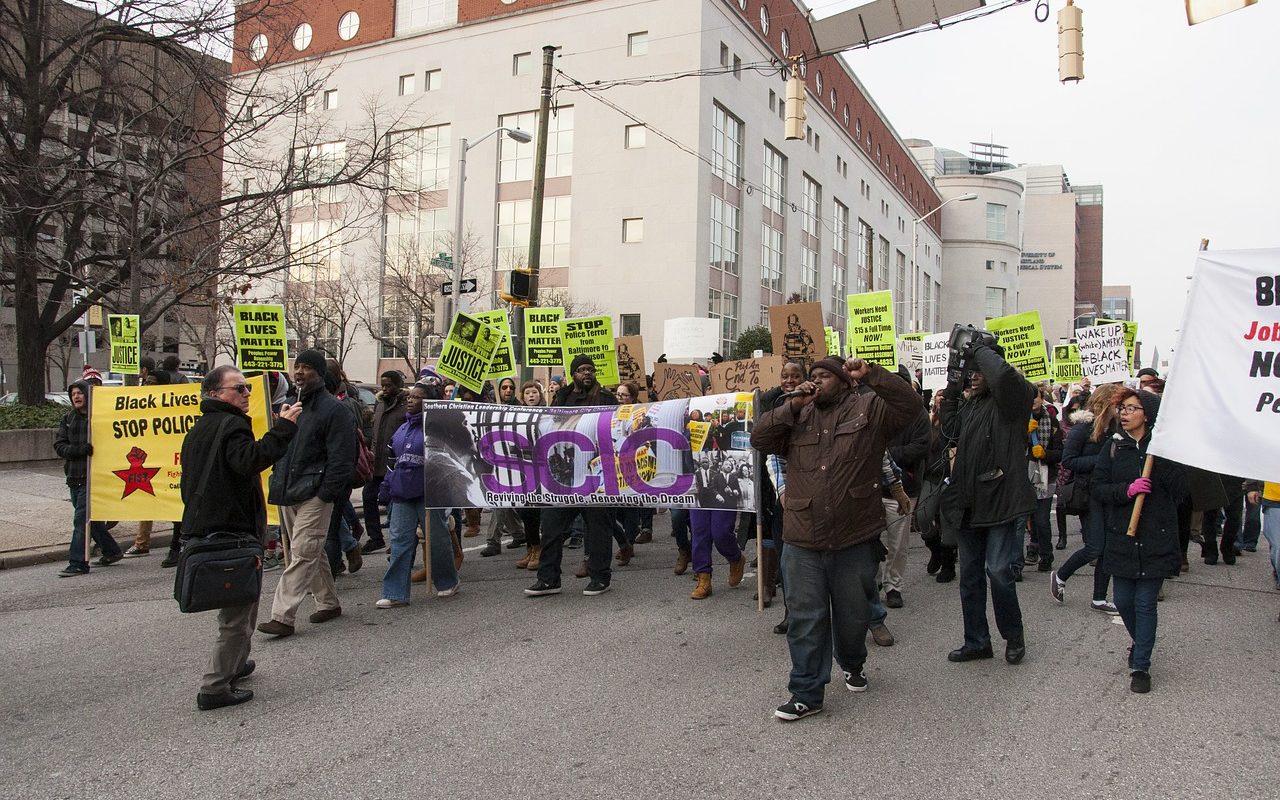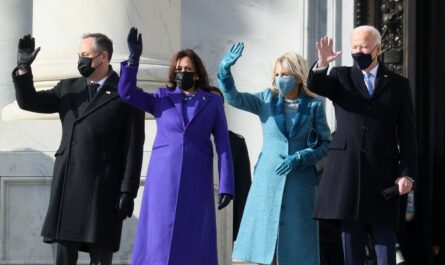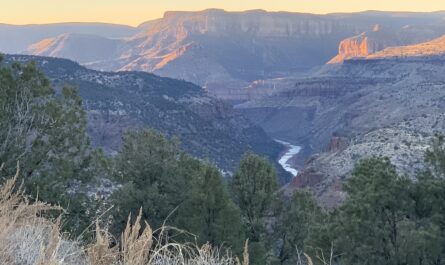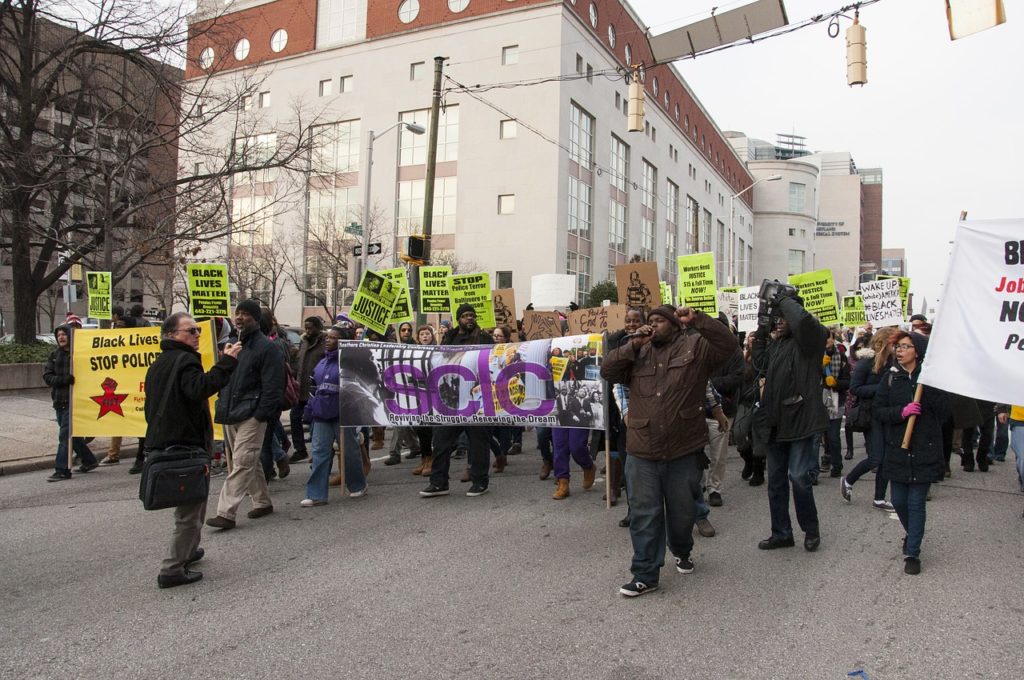
Not very long after a wildfire’s flames and heat rip through a western forest — in some places a week, in others a bit more — oak seedlings break through the ashes in tight clusters of green. Seeds of golden daisies, Indian paintbrush and scarlet larkspur, stirred by bright light, fresh air and open spaces, appear as little gardens of color on scarred hillsides of fallen trees and blackened soil.
The emerging foliage after a wildfire is an apt metaphor for the momentous, monumental 7.0 Richter scale tectonic political and cultural quaking events of the last three weeks in the United States. From the match lit by George Floyd’s disgusting and senseless death, a wildfire of revulsion and fury swept the land. In Minneapolis protesters burned down a police precinct. In other cities looters ransacked downtown businesses.
The president, aided by Fox News and armed supporters, sensed a political opportunity to further divide the country and stoke his base. He issued dark threats about police dogs and violence the likes of which we last heard 57 years ago from Birmingham Police Chief Bull Connor and Alabama Governor George Wallace.
But in the weeks since George Floyd’s death, the country has moved. The fuel of rage against police misconduct simmered down to a cooler flame of calmer demonstrations that stirred the seeds of an American virtue the nation has neither openly felt nor witnessed in quite some time. The wildflower bloom of American decency.
In hundreds of cities and towns, millions of Americans of every race and creed spontaneously gathered in streets and squares to voice their grief and insist upon change. The demonstrations have persisted for more than 20 days, the longest and most active period of public scorn of racism and injustice in two generations. Millions more people took to the streets on five other continents in a massive display of public allegiance to the American resistance.
In too many dimensions of American life to count, the public display of rejection of police practices changed behaviors. District attorneys charged police officers involved in the deaths of black men with murder. Big companies announced their support and promised to revise their hiring practices.
Kneeling on one knee became a much more respected act of opposition to injustice. Sympathetic police officers kneeled in support with demonstrators. House Speaker Nancy Pelosi led a group of senior Democratic lawmakers in taking a knee in Washington. The NFL apologized for caving in to Donald Trump and disrespecting Colin Kaepernick’s kneeling protest of police misconduct in 2016. The league even urged one its teams to invite Kaepernick to join its roster. NASCAR banned Confederate flags from its races.
Whether it had an effect or not will never be known, but the Supreme Court made it illegal to fire any worker because of their sexual orientation, and the highest court of the land secured the right of immigrant children born in the United States to stay in the United States.
Still the garden of embryonic hope, the emerging virtue of American decency, is taking root on ground threatened by racial hate that is all too familiar in the American story. Counter-protestors, many of them heavily armed, have appeared on rooftops and street corners to intimidate demonstrators. Fox News and its allies in the conservative conspiracy-promoting media are stoking the backfires of racism and Trumpism with fake news reports of continuing violence and mayhem in the streets they say must be arrested. Republican lawmakers, with very few exceptions, are not participating in peaceful demonstrations.
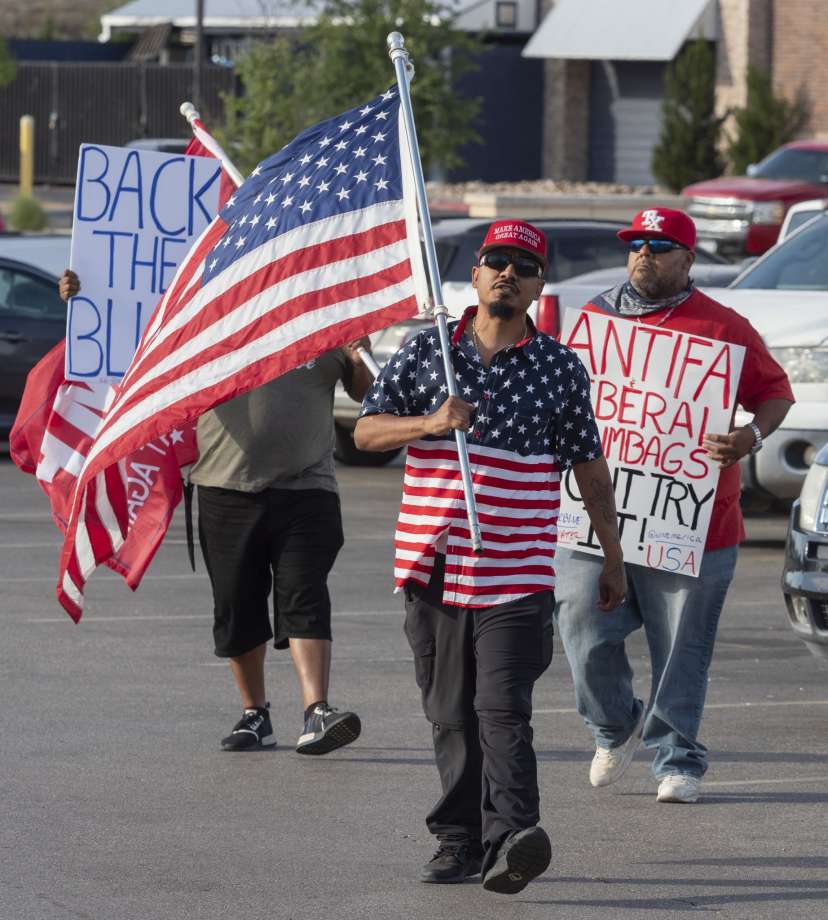
In a year bent by the most powerful convergence of nature, economics and politics in our lifetimes, there is no way to know what the demonstrations of late May and June mean for America. A large and determined swarm of white Americans have expressed in ways big and small that change in the direction of racial justice and economic fairness is not their favored outcome. President Trump is counting on that distaste for the integrity of all men, women, and children to deliver him a second term.
Joe Biden noted the stew of white nationalism that keeps the president afloat in a strong address on June 2. “Donald Trump has turned this country into a battlefield riven by old resentments and fresh fears.’’ He added: ‘‘Is this who we are? Is this who we want to be? Is this what we want to pass on to our children and our grandchildren? Fear, anger, finger-pointing, rather than the pursuit of happiness? Incompetence and anxiety, self-absorption, selfishness?’’
What of the demonstrators and their supporters? Has their idealism and energy translated into permanent action? Will it deliver votes in November to end the Trump presidency and invite a fresh era of renewal, reform, and unity? It’s certainly possible. The wildfire of division and iniquity that’s charred the foundations of our national well-being could awaken the garden of a more just, more respectful, more ardent America.
— Keith Schneider
